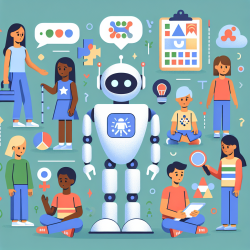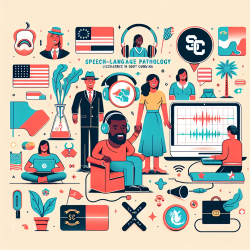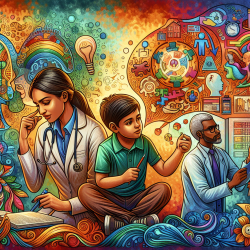Introduction
As the field of socially assistive robotics (SARs) evolves, its applications are extending beyond senior care into areas such as child therapy. The research article titled "An analysis of design recommendations for socially assistive robot helpers for effective human-robot interactions in senior care" provides valuable insights that can be adapted to enhance therapy outcomes for children. This blog explores how practitioners can leverage these insights to improve their therapeutic practices.
Understanding SAR Design and Interaction
The study highlights the importance of robot design in fostering effective human-robot interactions (HRI). Key design features such as appearance, interaction modes, and adaptability are crucial in engaging users and promoting positive outcomes. For child therapy, these elements can be tailored to suit the unique needs and preferences of children, ensuring that the SARs are perceived as friendly and approachable.
Key Design Features for Child Therapy
- Appearance: Robots with a friendly, character-like appearance can be more appealing to children, encouraging interaction and engagement.
- Interaction Modes: Incorporating multimodal interaction capabilities such as speech, gestures, and touch can cater to diverse communication preferences among children.
- Adaptability: SARs that can adapt their behaviors based on child-specific cues and responses can provide personalized therapy, enhancing the overall effectiveness of the intervention.
Implementing SARs in Child Therapy
Practitioners can integrate SARs into therapy sessions to support various therapeutic goals, such as improving communication skills, emotional regulation, and social interaction. By utilizing data-driven approaches to monitor and evaluate the impact of SARs, therapists can make informed decisions to optimize therapy outcomes.
Encouraging Further Research
While the current research provides a foundation, there is a need for further studies to explore the specific applications of SARs in child therapy. Practitioners are encouraged to engage in collaborative research efforts to better understand how SARs can be tailored to meet the diverse needs of children in therapeutic settings.
Conclusion
Incorporating insights from SAR design and interaction studies can significantly enhance the effectiveness of child therapy. By focusing on key design features and leveraging data-driven approaches, practitioners can create engaging and personalized therapy experiences for children. For those interested in exploring the original research paper, please follow this link: An analysis of design recommendations for socially assistive robot helpers for effective human-robot interactions in senior care.










